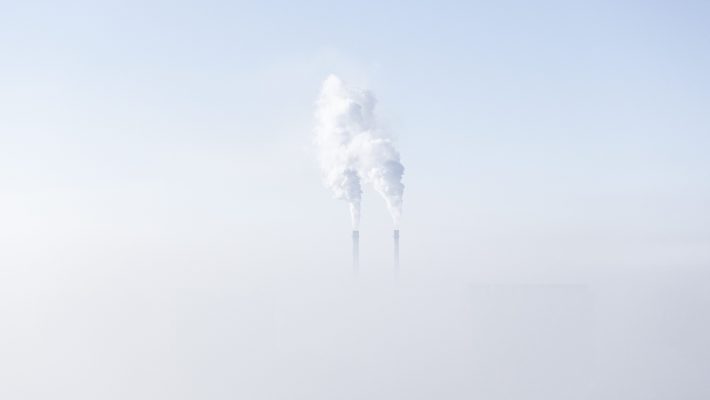Noya’s pitch a few years ago was pretty straightforward: lower the cost of capturing carbon dioxide from the atmosphere by using existing industrial cooling towers, which are pretty much everywhere. Noya would inject its special carbon capture compounds into the tower’s water supply and after the water had done its cooling work, remove the carbon dioxide on the other end.
That concept was good enough to get them into Y Combinator as part of the accelerator’s Winter 2021 cohort. The next year of work was fruitful, by all accounts. Then founders Josh Santos and Daniel Cavero pivoted.
“We were getting ready to deploy that version of our technology later on this year,” Santos, CEO of Noya, told TechCrunch+. “We switched strategies late last year.”
It wasn’t that their concept was failing, but the economics had changed drastically. The Inflation Reduction Act, which was passed into law in August 2022, boosted the incentive from $50 per metric ton to $180 per metric ton for companies that could capture 1,000 metric tons of carbon dioxide per year and store it underground. That meant ditching the cooling towers, which aren’t as a rule located near suitable storage sites.
“We did some math to confirm, of course, but it was really exciting for us. And it was a pretty easy decision,” Santos said. “We made the decision in quarter four of last year to take the same direct air capture technology, that same filter, the same material, the same regeneration process, the same equipment designed, and essentially just add our own fan and deploy it right next to CO2 injection wells.”
Noya’s approach to carbon capture is modular, involving an array of units that effectively operate independently. Each unit contains an activated carbon monolith that serves as scaffolding for their sorbent, the chemical that binds carbon dioxide from the atmosphere. A fan blows air through the structure and, after about an hour, saturates the sorbent.
Once the sorbent is saturated, the fan stops and the module is sealed off from the atmosphere. Then, electricity is sent through the carbon monolith, heating it up. That in turn heats the sorbent, which releases pure carbon dioxide that can be sucked out of the module and piped underground for storage. The unit would then open and the process would repeat, with units across the array blinking on and off on alternating two-hour cycles.
Santos said the startup is on track to deploy a commercial demonstration by the end of the year. Shopify and Watershed, an enterprise climate platform, have both made advance purchases of Noya’s carbon credits, along with an unnamed university endowment.
The company also recently announced an $11 million Series A round led by Union Square Ventures and Collaborative Fund. Other participating investors include Lowercarbon Capital, Fifty Years, MCJ Collective, EQT Foundation, Climate Capital, Nexwell Group and a confidential university endowment (likely the same one that bought the credits).
Noya’s technology is different from some other direct air capture companies like Carbon Engineering, which pipes the sorbent away from the filters for regeneration, but similar to others like Climeworks, which regenerates the sorbent within the capture box.
The startup isn’t late to the direct air capture game but neither is it among the first companies in the space. Climeworks, for example, has raised $786 million, according to PitchBook, and Carbon Engineering has raised $110 million. Both have pilot plants in operation.
Santos isn’t too worried, though. “If you look at the amount of carbon that we need to be removing from the ambient atmosphere, this is a massive problem,” he said. “This is a massive scale and change in magnitude that we have to achieve here. It’s the same as if you took a basketball and made it as wide as the Golden Gate Bridge. Given the pace that we have to do it at, there’s going to be space for more than one winner in this market.”
Noya hopes to get the cost per metric ton below $100 by the end of the decade, which is about what it’s trading for on the EU carbon market today. If the company is able to accomplish that, it shouldn’t have a problem nabbing a good chunk of the market. By 2030, there’s a decent chance that society will start to think about direct air capture like we think about sewage treatment today: It’s a cost to bear, but one that’s necessary if we want a livable environment.
